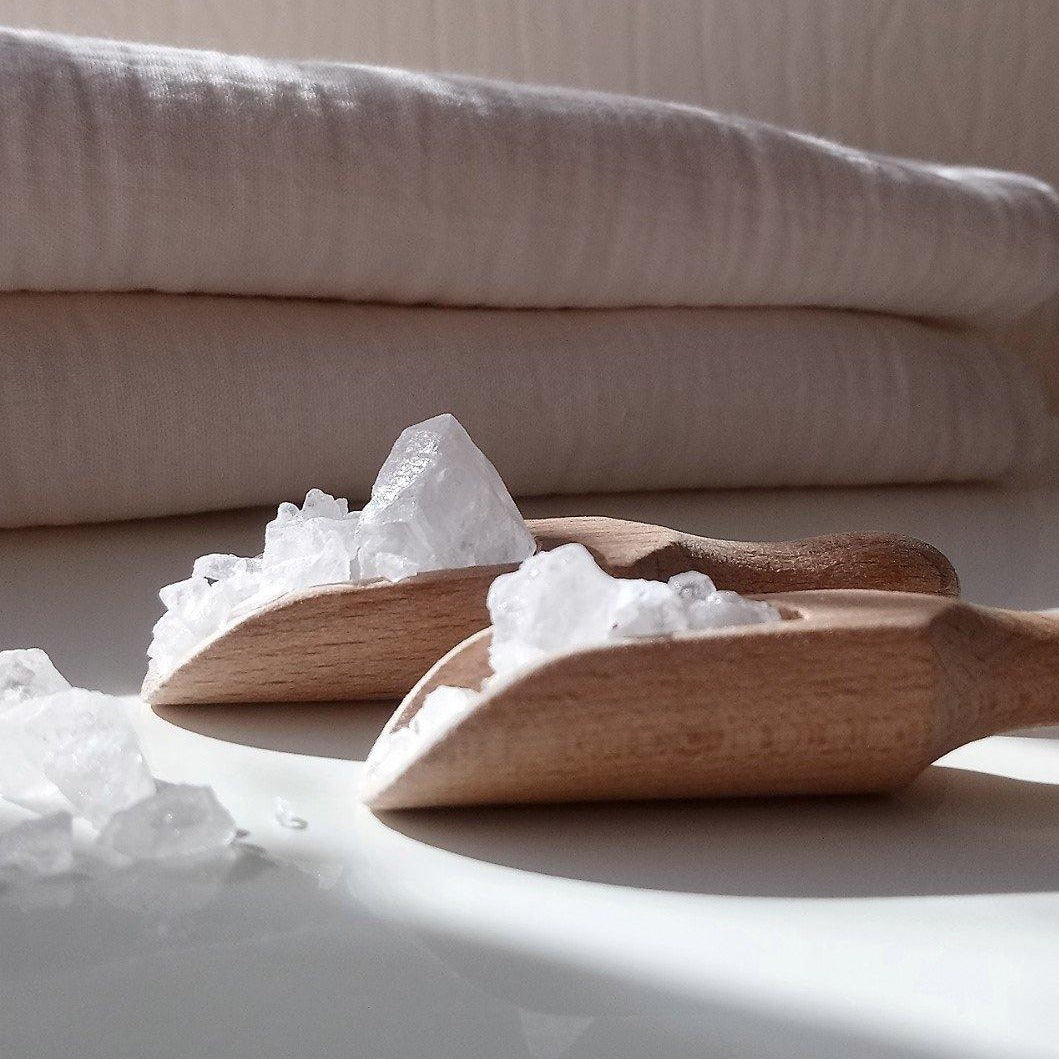
Guide to Mordants 2023 (Natural Dyeing)
To achieve long-lasting colors, the dyeing process usually requires the use of a mordant. Mordants are metallic salts that facilitate the bonding of the dyestuff to the fiber. Cellulose fibers also require a tannin in order to bond well. While tannins are not technically mordants (as they are not metallic salts), they are often included in the mordant process for cellulose fibers. For example, one might say that a fiber was "mordanted with alum at 15% WOF and myrobalan at 5% WOF."
Some natural dye recipes still call for the use of heavy metal mordants, such as chrome. However, we do not recommend using these, as they can be toxic and present real challenges for safe use and disposal. Moreover, most colors obtained through the use of heavy metals can be achieved through overdyeing or variations in the dye procedure. For those who wish to obtain a mordant from plants, Symplocos is a natural bio-accumulator of alum.
It's important to note that mordant procedures for protein and cellulose fibers are not interchangeable.
The most frequently used mordant by dyers for protein (animal) and cellulose (plant) fibers and fabrics is potassium aluminum sulfate, also known as alum. It improves light and washfastness of all natural dyes and keeps colors clear. It is inexpensive and safe to use. This form of alum is refined from bauxite, the raw state of aluminum ore, and is free from the impurities (such as iron) that some other alums may contain. It should be used at 15% WOF.
Aluminum acetate is often the preferred alum mordant for cellulose fibers and fabrics. It is refined from bauxite with acetic acid as a purifying agent. For this reason, some dyes develop to a richer shade on cellulose when mordanted with aluminum acetate. Aluminum acetate is the recommended mordant when printing with natural dyes. It is more expensive and sometimes hard to find. It should be used at 5-8% WOF.
Homemade aluminum acetate can be made from sodium acetate and potassium aluminum sulfate. Depending on the availability of these materials in your area, this can be cost-effective. To make enough aluminum acetate to mordant 1 kilogram of fabric, combine 150 grams of sodium acetate or calcium acetate with 150 grams of potassium aluminum sulfate in 3 liters of hot tap water. This can be added to your mordant bath.